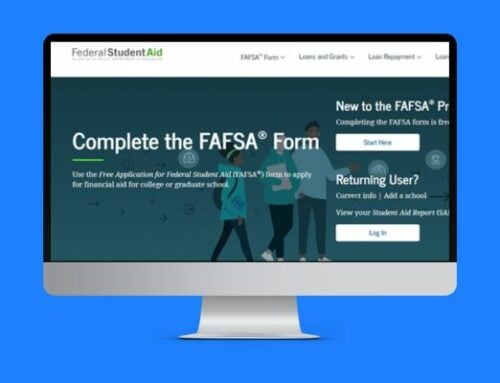Student Loans: How Much Is Too Much?
Student loan debt is growing at $3,000 per second (student loan debt clock link). It is now approaching $2 Trillion. Most 4-year colleges now cost at least $100,000 and elite schools over $300,000. Many families need student loans to pay for college.
What do you need to know about student loans? How much student loan debt is too much?
Types of loans
There are two main types of undergraduate student loans: federal student loans and private student loans.
Federal student loans
The government offers Federal student loans. They have fixed interest rates that are generally lower than those of private student loans. They also offer flexible repayment options, including income-driven repayment plans and loan forgiveness programs. The most common types of federal student loans for undergraduate students are the Stafford Direct Subsidized Loan and the Stafford Direct Unsubsidized Loan.
Private student loans
Banks, credit unions, and other private lenders offer private student loans. They often have variable interest rates that can be higher than those of federal student loans, and they may not offer the same flexible repayment options. Private student loans should typically be used as a last resort after you have exhausted all other financial aid options.
Overall, federal student loans are generally a better option for undergraduate students because of their lower interest rates and flexible repayment options.
Federal Loan Limits
Annual Federal Stafford Loan Limits
Year Limit
Freshman $5,500 (no more than $3,500 subsidized)
Sophomore $6,500 (no more than $4,500 subsidized)
Junior & beyond $7,500 (no more than $5,500 subsidized)
Cumulative Limit $31,000 (no more than $23,000 subsidized)
These loans are available each year, but if you decide to skip taking a Federal loan freshman year you can not borrow more in junior year. It’s important to have a full 4-year funding plan to make sure you’re taking the need for loans into account from the beginning.
Determining How Much To Take In Student Loans
Deciding how much student loan debt to take on for your undergraduate education is a major decision that can have long-term implications. It’s important to carefully consider all of your options before deciding how much debt to take on. Here are a few key points to keep in mind as you make this decision:
- Start by figuring out how much you can realistically afford to pay back each month after graduation. This will help you determine how much debt you can take on without putting yourself in a difficult financial situation.
- Consider the type of loan you are taking out. Federal student loans generally have lower interest rates and more flexible repayment options than private student loans, so they may be a better choice if you are concerned about affording your monthly payments.
- Remember that the total amount of debt you take on for your undergraduate education will affect your future financial prospects. Higher levels of debt can make it more difficult to save for a down payment on a home, start a business, or achieve other financial goals.
– A general rule is that for every $10,000 you borrow, the payment will be about $100-125 per month on the standard 10-year repayment plan. - Consider the long-term earning potential of the degree you are pursuing. Degrees in certain fields, such as STEM, are likely to lead to higher salaries and therefore make it easier to pay off your student loans.
Overall, the amount of student loan debt you should take on for your undergraduate education will depend on a number of factors, including your financial situation, the type of loan you are taking out, and the degree you are pursuing. It’s important to carefully consider all of these factors and make a decision that is right for you.
Do you need help building a college funding plan? Curious as to what colleges will expect you to pay? Check out our college funding report (link) or set up a call with us (link).




